**”The Role of PRP Therapy in Sports Recovery: How Platelet-Rich Plasma Enhances Healing and Reduces Downtime for Athletes”**
The Role of PRP Therapy in Sports Recovery: How Platelet-Rich Plasma Enhances Healing and Reduces Downtime for Athletes
Athletes constantly push their bodies to the limit and often face injuries. Recovery plays a crucial role in their success. Platelet-Rich Plasma (PRP) therapy serves as a popular treatment for enhancing healing. This blog post explores how PRP therapy aids sports recovery and reduces downtime for athletes.
Understanding PRP Therapy
PRP therapy uses a patient’s blood to accelerate healing. First, medical professionals draw blood from the athlete. Next, they process it to concentrate platelets and growth factors. This concentrated plasma contains proteins that promote tissue repair. PRP therapy enhances recovery and improves athletic performance.
How Does PRP Work?
PRP therapy enhances healing through several mechanisms. First, growth factors in PRP stimulate cell growth, accelerating tissue repair. Second, PRP reduces inflammation that commonly occurs after injuries. Additionally, it promotes collagen production, essential for repairing muscles and tendons.
Common Applications in Sports
Athletes frequently use PRP therapy for various injuries. They often seek treatment for tendon injuries, such as Achilles tendinopathy or tennis elbow. PRP therapy also helps with ligament injuries like ACL tears. Athletes often turn to PRP for muscle strains and joint pain. Overall, PRP therapy serves as a valuable tool for sports recovery.
Nutrition Tips to Complement PRP Therapy
Proper nutrition plays a vital role in recovery. Athletes should focus on consuming nutrient-dense foods. These foods provide the building blocks necessary for healing. A balanced diet rich in vitamins, minerals, and proteins can enhance PRP therapy effects.
Prioritize Protein Intake
Protein is essential for muscle repair and growth. Athletes should consume lean sources like chicken, fish, eggs, and legumes. They can also benefit from protein shakes after workouts. This practice supports muscle recovery and enhances PRP therapy effects.
Incorporate Anti-Inflammatory Foods
Certain foods help reduce inflammation, crucial during recovery. Fruits and vegetables, such as berries and leafy greens, provide antioxidants. Omega-3 fatty acids from fish and flaxseeds also help combat inflammation. Incorporating these foods into the diet supports the healing process.
Stay Hydrated
Hydration is essential for overall health and recovery. Athletes should drink plenty of water throughout the day. They can also consume electrolyte-rich beverages after intense workouts. Proper hydration enhances blood flow and aids in delivering nutrients to tissues.
Exercise Advice Post-PRP Therapy
Exercise remains critical for recovery. However, athletes must approach training with caution after PRP therapy. They should follow specific guidelines to ensure effective recovery.
Gradual Return to Activity
After PRP therapy, athletes should gradually return to their training regimens. They can start with low-impact exercises, such as swimming or cycling. This practice helps maintain fitness without placing strain on the injured area. Consequently, they can avoid setbacks during recovery.
Focus on Rehabilitation Exercises
Rehabilitation exercises play a vital role in recovery. Athletes should work with physical therapists to develop tailored rehabilitation programs. These programs often include stretching, strengthening, and mobility exercises. Therapists can help athletes monitor progress and adjust workouts as needed.
Listen to Your Body
Athletes must pay attention to their bodies during recovery. If they experience pain or discomfort, they should modify their activities. Seeking guidance from healthcare professionals can help ensure a safe return to sports. This proactive approach minimizes the risk of re-injury.
Health Benefits of PRP Therapy
PRP therapy offers numerous health benefits for athletes. Most importantly, it accelerates recovery from injuries. Additionally, it reduces inflammation and pain, allowing athletes to resume training sooner.
Enhanced Performance
By reducing recovery time, PRP therapy allows athletes to maintain their training schedules. Consequently, they can enhance their performance levels. Athletes often report improved strength and flexibility after PRP therapy.
Long-Term Joint Health
PRP therapy promotes long-term joint health. It helps reduce the risk of developing chronic conditions, such as osteoarthritis. The regenerative properties of PRP therapy can lead to healthier joints over time.
Increased Confidence
Finally, athletes experience increased confidence when they know they can recover effectively. This psychological boost can enhance their performance during competitions. As a result, athletes feel empowered to push their limits and achieve their goals.
Conclusion
PRP therapy plays a significant role in sports recovery. It enhances healing, reduces downtime, and promotes long-term joint health. Athletes can optimize their recovery through proper nutrition and exercise. Consequently, they can return to their sport stronger and more resilient. As PRP therapy gains popularity, athletes continue to embrace its benefits for enhanced performance and overall well-being.
Below are related products to the topic if you’re interested:
FAQ
What is PRP therapy and how does it work in sports recovery?
PRP therapy, or Platelet-Rich Plasma therapy, involves drawing a patient’s blood, processing it to concentrate platelets and growth factors, and then injecting it into injured areas. This concentrated plasma enhances healing by stimulating cell growth, reducing inflammation, and promoting collagen production, which is essential for repairing muscles and tendons.
What types of injuries can PRP therapy help with?
PRP therapy is commonly used by athletes for various injuries, including tendon injuries like Achilles tendinopathy and tennis elbow, ligament injuries such as ACL tears, muscle strains, and joint pain. It serves as a valuable tool for accelerating recovery and reducing downtime.
How can athletes complement PRP therapy with nutrition?
Athletes can enhance the effects of PRP therapy by focusing on a nutrient-dense diet that includes lean proteins for muscle repair, anti-inflammatory foods like fruits and vegetables, and staying hydrated. Proper nutrition provides the necessary building blocks for healing and supports the overall recovery process.
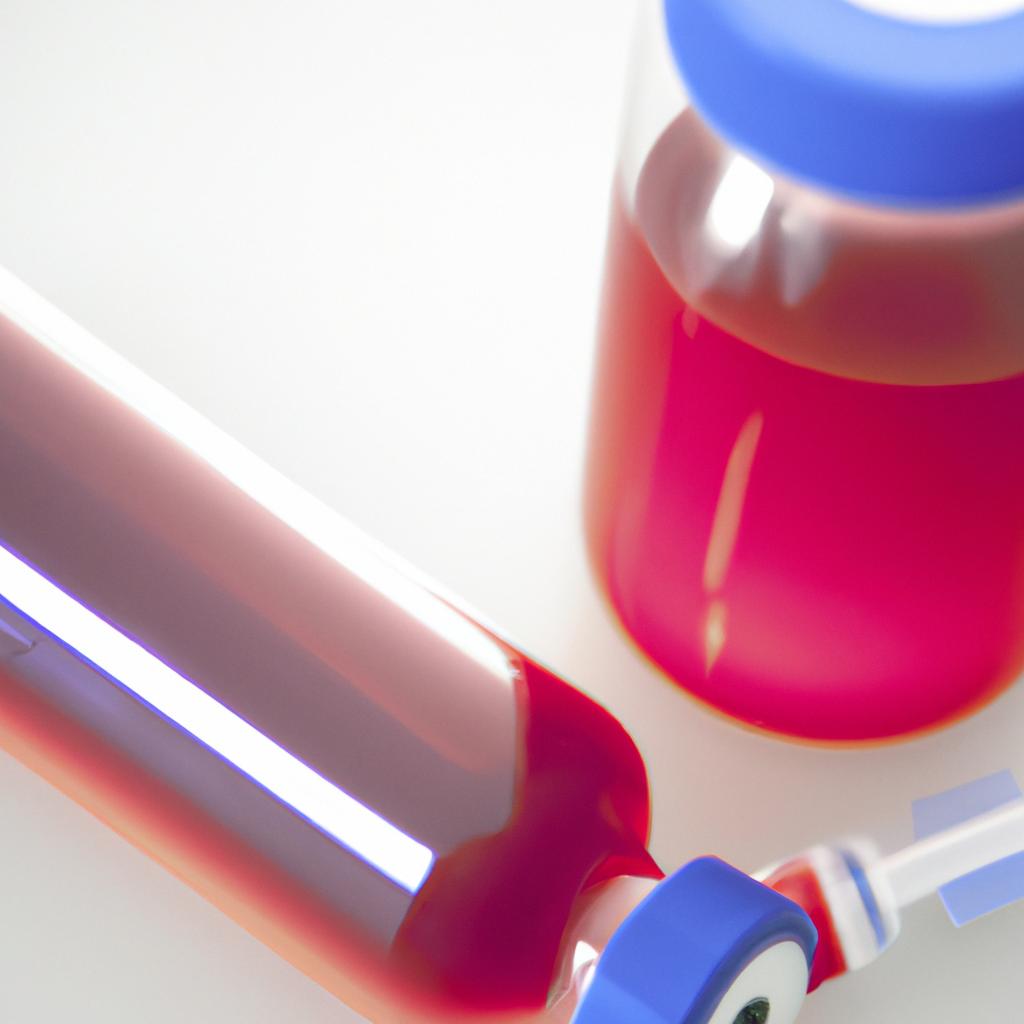

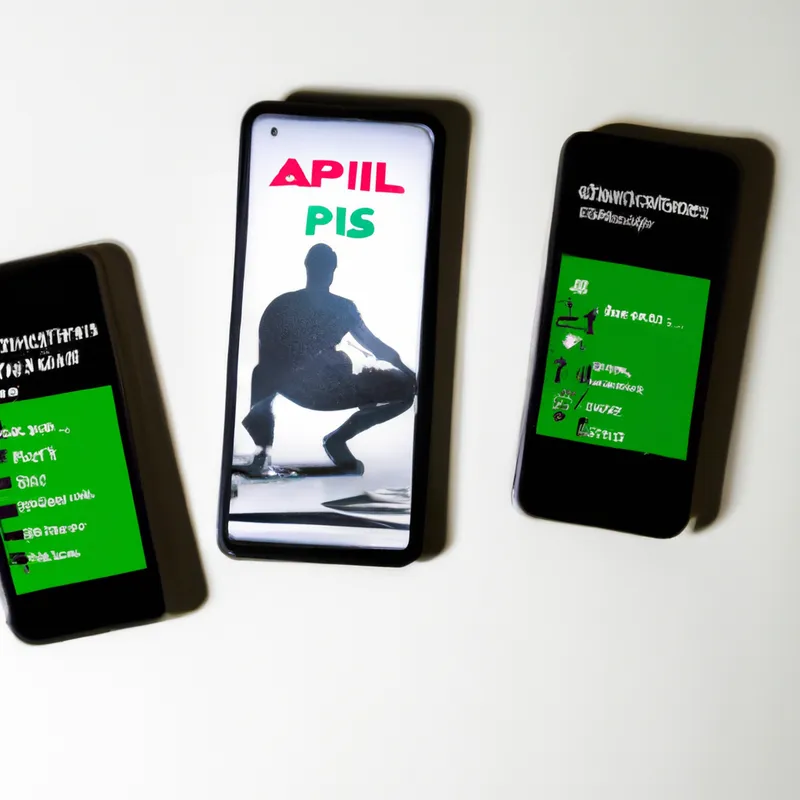
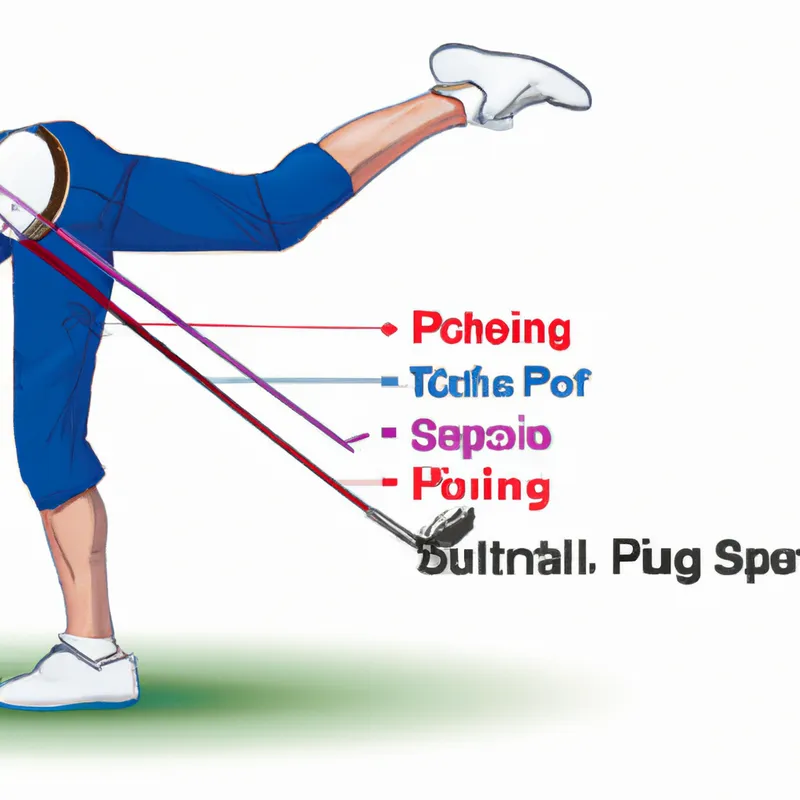

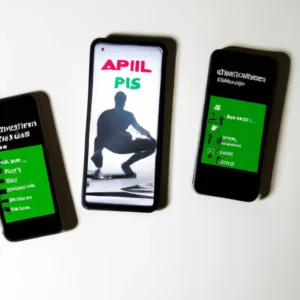
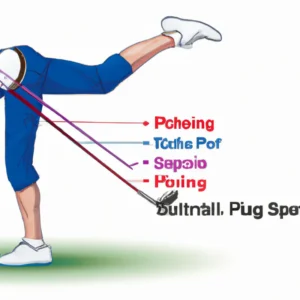
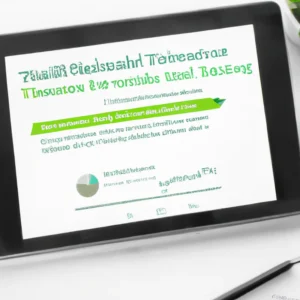
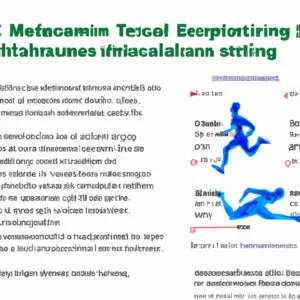


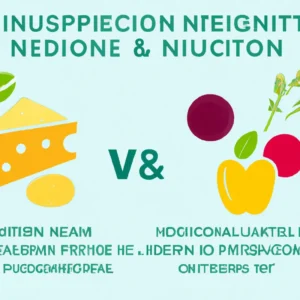

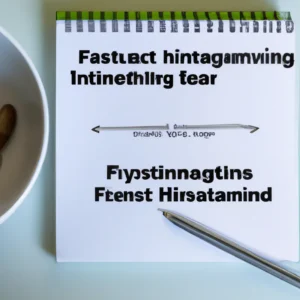

Post Comment